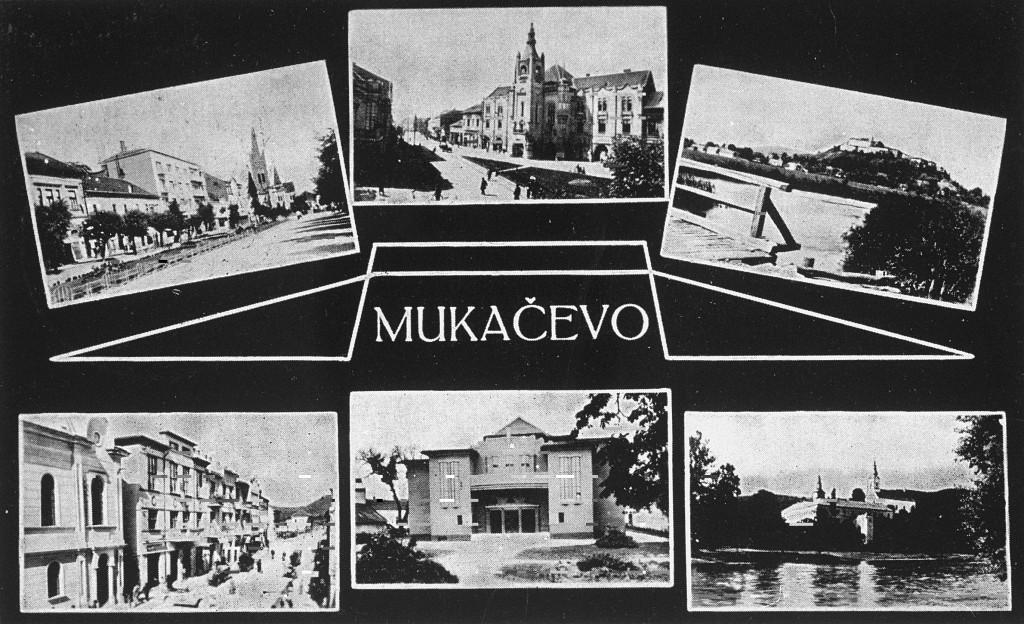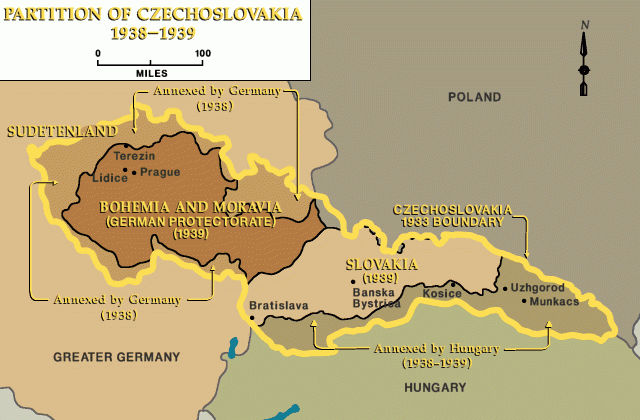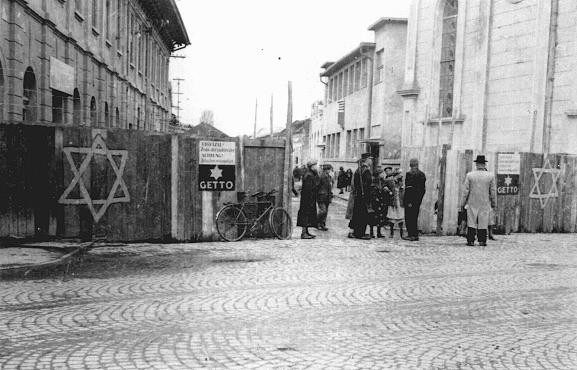
Jewish Community of Munkacs: An Overview
Between World War I and World War II, Munkacs (Hungarian; Munkatsh, phonetic; Mukachevo, Ukr.; Mukacevo, Czech and Slov.) had a very large Jewish population. The Jewish population of interwar Munkacs constituted almost half of the town's population.
Munkacs (Hungarian; Munkatsh, phonetic; Mukachevo, Ukr.; Mukacevo, Czech and Slov.) was the commercial capital of the Transcarpathian region of Ukraine. Its many names reflect the cultural crossroads of its location. The town belonged to Hungary until 1920, to Czechoslovakia (1920–1938), and again to Hungary from 1938–1945.
Interwar Munkacs had a very large Jewish population, which was most visible on the Sabbath. On that day most stores were closed and, after services, the streets filled with Hasidic Jews in their traditional garb. The first movie house in the town was established by a Hasidic Jew, and it too closed on the Sabbath and Jewish holidays.
Materially impoverished, yet wealthy in ideological debate, the Jews of interwar Munkacs constituted almost half of the town's population. The Munkacs Jewish community was famous for its Hasidic activity as well as its innovations in Zionism and modern Jewish education.

The Jewish population of Munkacs grew from 2,131 in 1825 to 5,049 in 1891 (almost 50 percent of the total population) to 7,675 in 1910 (about 44 percent). By 1921, the 10,000 Jews still made up about half the residents, though by 1930, the proportion had dropped to 43 percent, with a little over 11,000 Jews. The Jews of Munkacs constituted 11 percent of the Jewry of Subcarpathian Rus.
At least partly due to their geographic isolation, the Jews of Subcarpathian Rus were among the poorest in Europe. Living among a peasant majority, a large percentage of the Jews was employed in manual and agricultural labor. Approximately 80 percent of the region's Jews lived in small towns or rural villages. Those residing in the two large towns of Munkacs and Ungvar made a living in petty commerce and crafts, though a large number were unemployed.
In 1935, Chaim Kugel, formerly director of the Munkacs gymnasium (Jewish high school) and then Jewish Party delegate to the Czechoslovak Parliament, gave a speech during a parliamentary debate: "…It is completely impossible to adequately describe the poverty in the area. The Jews… are affected equally along with the rest…. I strongly wish to protest any attempt to blame the poverty of the Subcarpathian Ruthenian peasantry on the Jews". Government policies were covertly directed against Jews, who bore a heavy share of taxes and had difficulty getting high civil service positions.

In 1939, the Hungarians seized and annexed Subcarpathian Rus—including Munkacs—taking advantage of the dismemberment of Czechoslovakia. Though antisemitic legislation was introduced by the Hungarian authorities, Subcarpathian Rus, like the rest of Hungary, remained a relative haven for Jews until Germany occupied Hungary in 1944.

Footnotes
-
Footnote reference1.
Quoted in Sole, "Subcarpathian Ruthenia, 1918-1938," in The Jews of Czechoslovakia, vol. 1, p. 132
Critical Thinking Questions
- Learn about the history of the Jewish community in your country.

